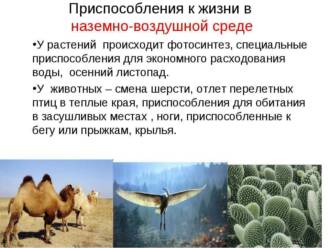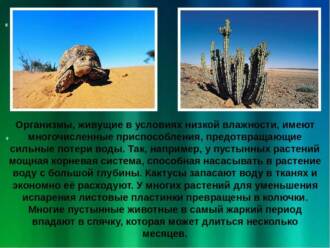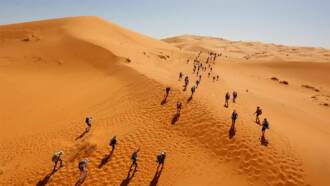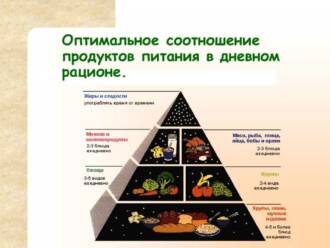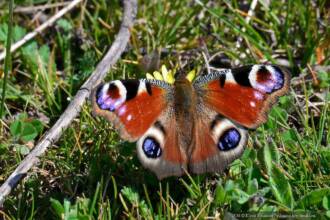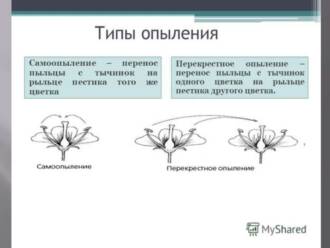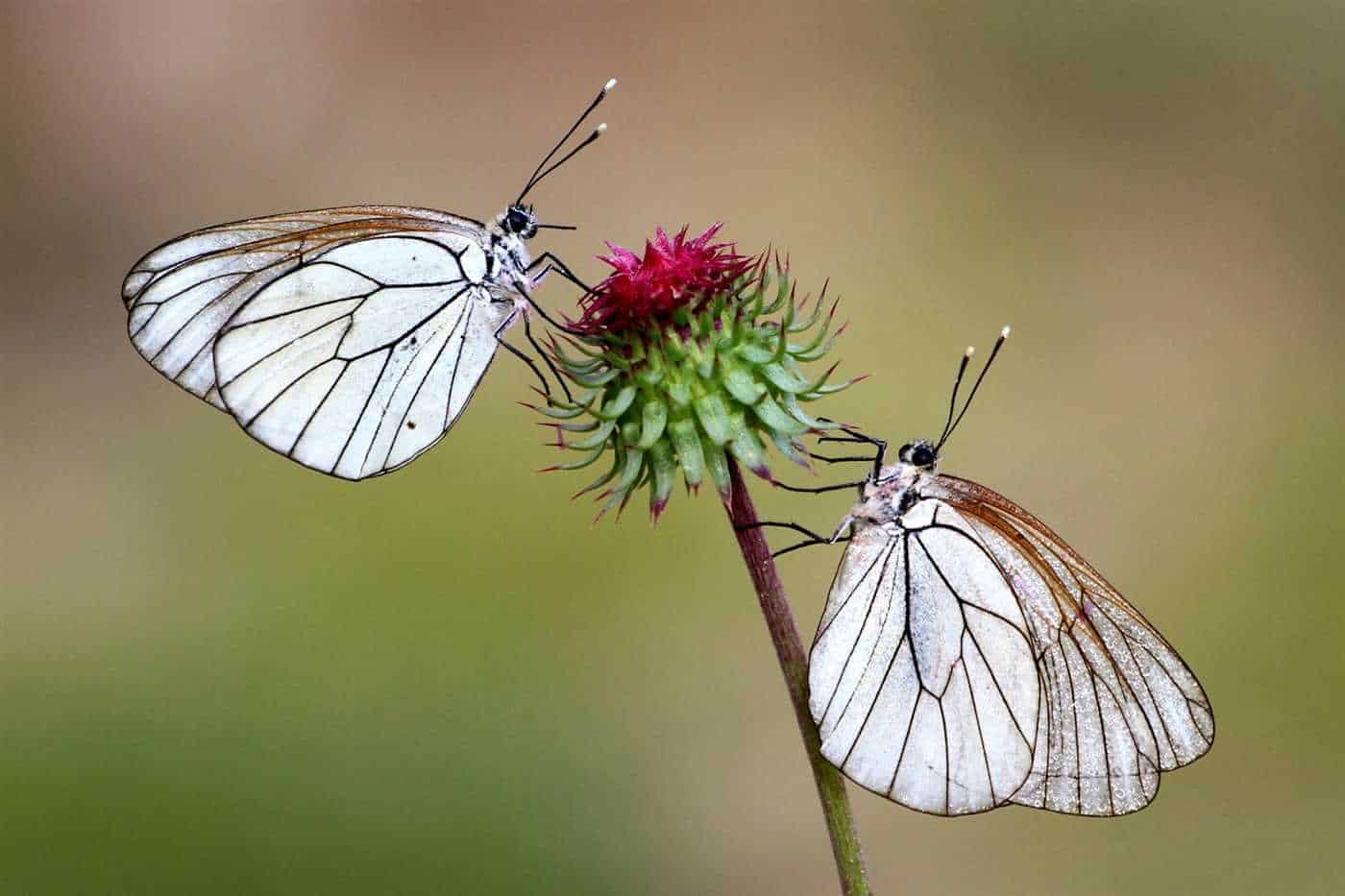
Desert butterflies are amazing creatures that live in the harsh conditions of desert areas. They face great difficulties in finding food in such inhospitable places. However, despite all the obstacles, they find ways to survive and even thrive.
Flowers are the main food source for desert butterflies. Floral richness in the desert may seem unusual, but it exists. These butterflies find flowers that are specially adapted to dry conditions and thrive in desert areas. Some of them bloom only at night to avoid the high temperatures of the daytime.
Desert butterflies have unique adaptations that allow them to find and obtain food. They have a highly developed sense of smell, which helps them to detect flower scents over long distances. They can also navigate by the sun and use its position to find flowers.
Thus, desert butterflies find their food in the form of a floral richness that has adapted to the harsh conditions of the desert regions. They use their unique adaptations to detect flower scents and navigate by the sun. As a result, they not only survive in such inhospitable conditions, but thrive.
Desert butterflies: variety of species and their features
Desert butterflies are a unique variety of species that have adapted to life in the extreme conditions of desert areas. They have a number of features that allow them to survive and reproduce in such uninhabitable places.
One of the features of desert butterflies is their ability to stay in a dormant state for a long time, called diapause. During diapause, the butterfly's metamorphosis can be slowed down or completely stopped, which helps them conserve energy and survive long periods of unfavorable conditions.
Another amazing feature of desert butterflies is their ability to drink moisture from the most unpredictable sources. They can use dewdrops that collect on plants and rocks, as well as drink moisture from sandy streams and temporary pools formed after rains.
In addition, desert butterflies have a variety of defense mechanisms against the dangers inherent in the desert environment. They can be camouflage, imitate the appearance of other dangerous or inedible species, and have bright colors that warn predators of their poisonousness or trouble.
In general, desert butterflies are unique creatures of nature that have found their corner in the most inhospitable places on earth. Their ability to adapt and survive in conditions where there is little vegetation and water is a real miracle of nature.
Floral richness of desert areas: features of the plant world
Desert areas, despite their harshness and ugliness, can amaze with their floral richness. In these inhospitable conditions, the plant world survives and thrives due to special adaptations that allow plants to survive in the absence of water and high temperatures.
One of the features of the flora of the desert regions is the presence of many succulents. Succulents are plants that store large amounts of water in their stems, leaves, or roots. They have the ability to retain moisture within themselves, allowing them to survive long periods of drought. As a rule, succulents have thick, succulent leaves or stems, as well as special tissues that can accumulate and retain water.
Another feature of the flora of the desert regions is the presence of plants with a deep root system. Deep roots allow plants to get water from deep within the soil where it is still present. This is especially important in desert areas, where the surface layers of the soil are usually very dry.
Also in desert areas you can find plants that can germinate for a short time and bloom after rains. These plants, called ephemera, have a short life cycle and respond quickly to moisture in the form of rain. They grow, bloom and cease to exist within a few weeks, while the length of the wet period allows them to survive.
Thus, the flora of the desert regions has amazing adaptations that allow plants to survive and thrive in conditions of extreme dryness and adverse climate. This makes the desert areas unpredictable and unique in terms of floral richness.
Where Desert Butterflies Look for Food: Host Plants
Desert butterflies, like all other butterfly species, look for food in host plants. They depend on certain types of plants for their food source. Desert butterflies usually prefer flowering plants, since it is on their flowers that nectar is stored, which is the main food for butterflies.
One of the most popular host plants for desert butterflies is cacti. They have beautiful flowers that attract butterflies with their bright color and sweet fragrance. Cacti offer desert butterflies not only food, but also shelter from predators, as their spines protect them from outside intruders.
Other popular host plants for desert butterflies are various types of flowers. They attract butterflies with their bright colors and scent. The flowers contain nectar, which desert butterflies use as food. Some species of butterflies prefer certain types of flowers, such as roses, lavender, or geraniums.
Other host plants for desert butterflies are various types of grasses. Their flowers also contain nectar, which serves as a food source for butterflies. Grasses usually grow everywhere and offer desert butterflies a variety of options for finding food.
In general, desert butterflies seek food in a variety of host plants that offer them not only food but also shelter from predators. Dependence on certain plant species makes desert butterflies vulnerable to changes in the ecosystem, including the loss of their native habitats and food sources.
Lack of water: how desert butterflies have adapted to feeding habits
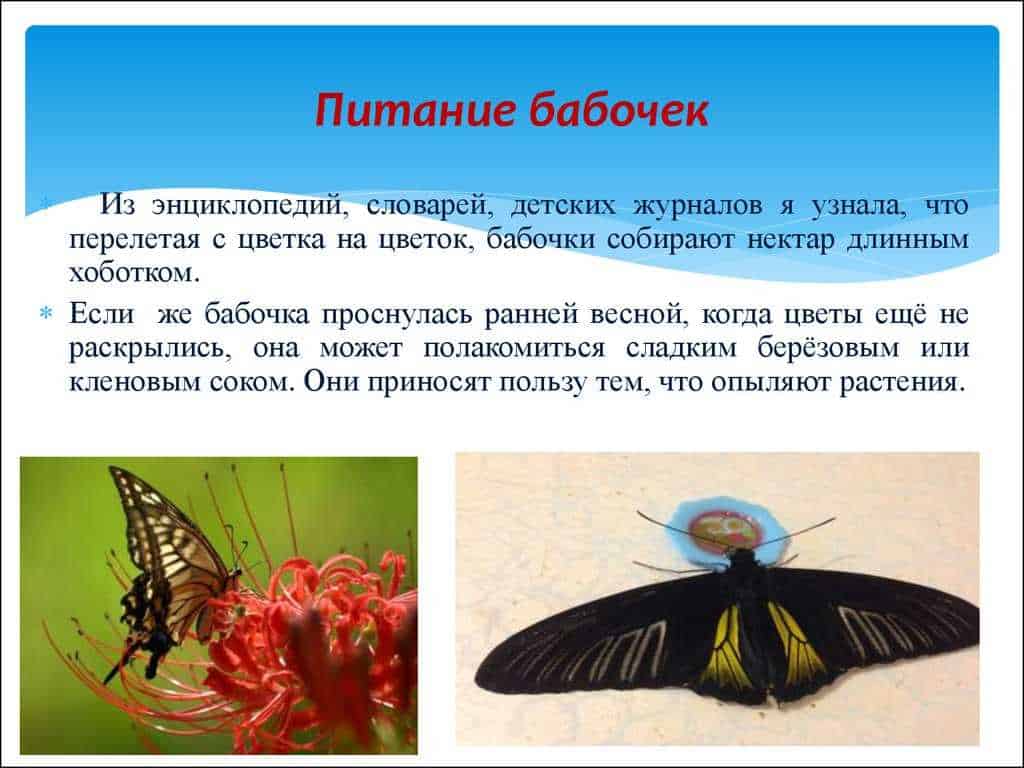
Desert butterflies are amazing creatures that live in the extremely unfavorable conditions of desert areas. One of the main problems they face is the lack of water. There is very little moisture in the desert, so access to nutrients for butterflies becomes limited.
However, desert butterflies have found ways to adapt to these conditions. They have developed a special adaptation and the ability to get food from plants, which themselves contain a small amount of moisture. Butterflies use their long proboscises to extract juices from flowers and other plants that live in the desert environment.
An interesting fact about desert butterflies is that they can secrete special enzymes that help them make efficient use of limited water resources. These enzymes allow butterflies to extract the maximum amount of moisture from their food, which helps them survive in desert conditions.
In addition, desert butterflies can also get moisture from other sources such as dew on plants or air humidity. They can collect this moisture with their legs and proboscises to maintain their water balance and provide themselves with essential nutrients.
Overall, desert butterflies provide an amazing example of adaptation to life in extreme environments. Their ability to use limited water resources and obtain nutrition from plants, as well as the ability to secrete enzymes to work more efficiently with water, allows them to survive and thrive in a desert environment.
Desert butterflies and dust: the impact of conditions on food availability
Dust in the desert
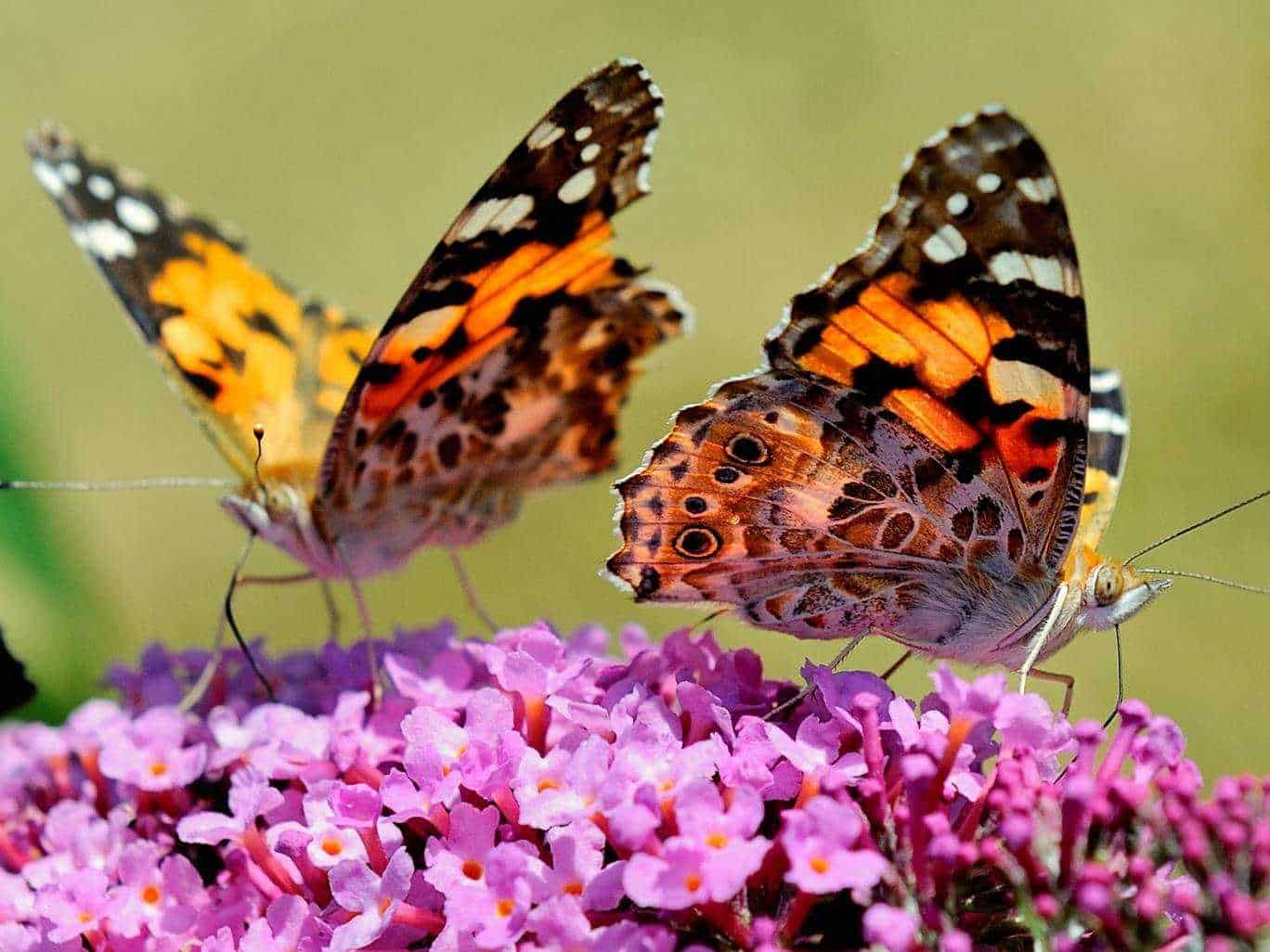
Desert butterflies, like other animals, have considerable difficulty finding food in desert conditions. One of the main obstacles for them is the dust that covers the soil and plants. Dust has a negative effect on the availability of food for butterflies, as it closes the leaves of plants and reduces their nutritional value. Butterflies are forced to overcome this barrier in order to find food and ensure their survival.
Adaptation to dusty conditions
Desert butterflies develop a variety of adaptations to cope with dust and ensure that food is available. One such adaptation is the presence of long proboscis, which allows them to reach inaccessible plants by pushing through the dust. Butterflies may also be more resistant to dust than other insects due to the special structure of their wings and body. These adaptations help desert butterflies obtain food despite heavy dust conditions.
Competition for food
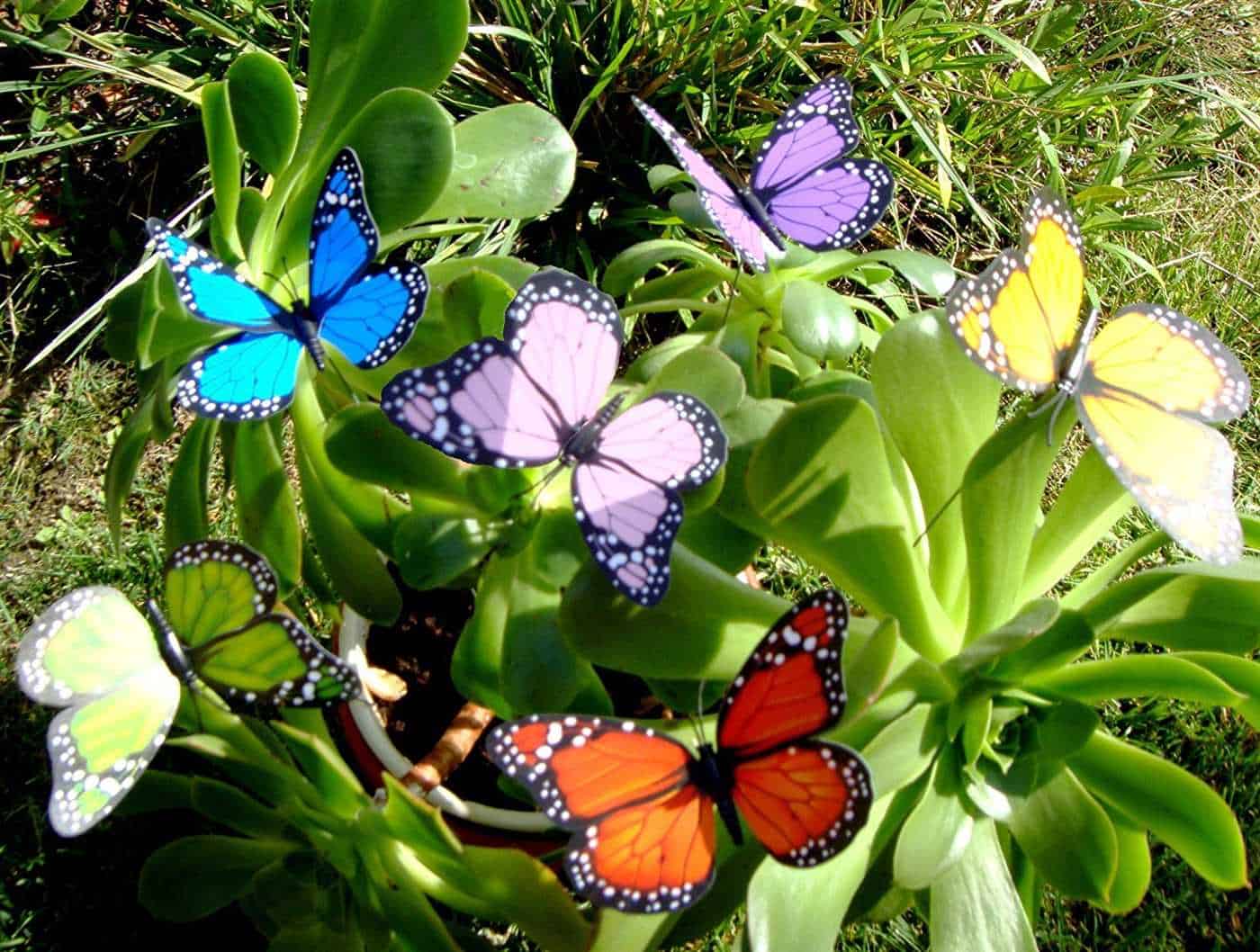
In desert environments, food availability is limited and desert butterflies have to compete with other animals for food. This can be especially difficult for butterflies, as they target specific plant species that may be rare in desert environments. Competition for food can lead to a decrease in the population of desert butterflies and limit their growth.
Dependence on flower richness
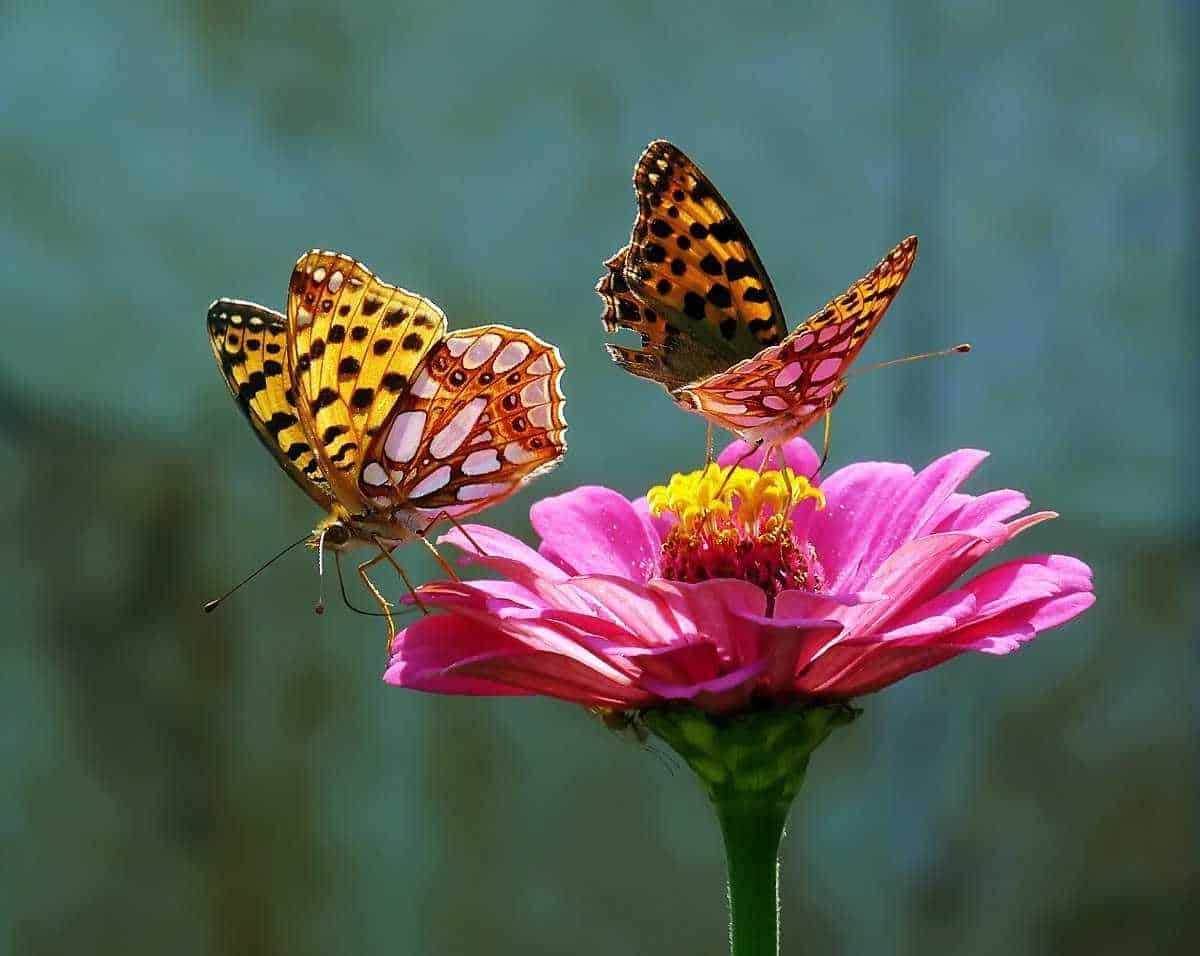
Desert butterflies depend on the availability of floral wealth for food. Flowers provide butterflies with nectar, which is their main source of energy. However, in desert conditions, floral richness can be limited, especially during periods of drought. This can make it difficult for desert butterflies to find food and lead to a lack of resources for their survival.
How desert butterflies find flowers in the desert: food search features

Desert butterflies, despite the harsh conditions of the dry desert climate, have an incredible ability to find food in the form of flowers. Their ability to focus on the floral richness of the desert is surprising to many researchers. After all, at first glance it seems that in such harsh conditions there is no place for flowers and vegetation.
One of the characteristics of desert butterflies foraging is the use of scents. They have a developed sense of smell and are able to capture the faint smells of flowers over long distances. When the butterfly is close enough to the source of the scent, it begins to use visual cues to pinpoint the location of the flower.
Another feature of the search for food in desert butterflies is their ability to navigate by light. They use the sun as a guide to find their way to the flower. Butterflies can use various indicators, such as light intensity and direction, to determine where a flower is.
In addition, desert butterflies can also use their observational abilities to search for flowers. They can spot the bright colors of flowers against sand dunes and rocky desert landscapes. Butterflies can spot even the smallest flower thanks to their sharp eyes and the ability to focus their vision on small objects.
Ultimately, desert butterflies find flowers in the desert using a combination of scent, light orientation, and observational abilities. These amazing insects are able to survive in extremely adverse conditions due to their ability to find food sources in the form of flowers, which are not only a source of nutrients, but also an important factor for the reproduction and survival of desert butterflies.
The role of desert butterflies in pollination and biodiversity conservation

Desert butterflies play an important role in pollination and biodiversity conservation in desert ecosystems. They are the main pollinators of many flowering plants, contributing to their reproduction and population conservation.
Interaction between desert butterflies and flowering plants
Desert butterflies are attracted to the flowers for their bright colors and scents. They visit flowers to obtain food in the form of nectar, which serves as the main source of energy for these insects. In the process of visiting flowers, desert butterflies transfer pollen from one flower to another, which promotes pollination and ensures plant reproduction.
Importance of desert butterflies for biodiversity conservation
Desert butterflies are important links in the food chain of desert ecosystems. They serve as a food source for many predatory animals such as birds, lizards and spiders. Moreover, desert butterflies also serve as pollinators for many plant species, contributing to the biodiversity and sustainability of desert ecosystems.
Threats to desert butterflies and their impact on biodiversity
However, desert butterflies and their roles in pollination and biodiversity conservation are facing various threats. Climate change, habitat destruction, pesticide use and pollution are all factors that are negatively affecting desert butterfly populations and causing their numbers to decline.
To conserve desert butterflies and biodiversity in desert ecosystems, conservation measures are needed, including the creation of nature reserves and parks, limiting the use of pesticides, as well as public awareness and involvement in nature conservation and ecology.

